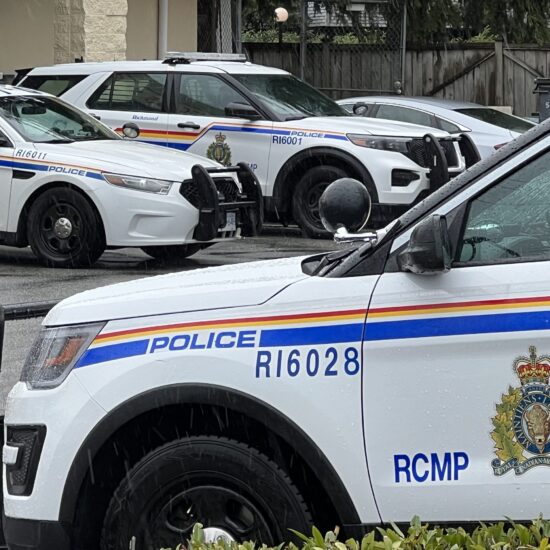
Bob Mackin

Criminal Intelligence Service Canada logo
Two of the 14 groups considered high level national threats by Criminal Intelligence Service Canada (CISC) are involved in public sector infiltration.
In its 2021 Public Report on Organized Crime, the nation’s crime intelligence agency highlighted threats to the public sector, including transportation and construction, healthcare and pharmaceuticals, waste management, law enforcement, defence and foreign affairs.
Four national high level threat organizations have significant influence in the public sector, including decision-making functions or demonstrated corruption, according to CISC. Thirty-one of the assessed organized crime groups (OCG) have access via jobs within Canadian public sector agencies or departments. Neither the names of the agencies and departments, the locations nor the groups were named in the report.
“Of these, 26% are Mafia groups, 10% are outlaw motorcycle gangs and 6% are street gangs.
While infiltration of the public sector seems to occur mostly at the local/regional levels, (OCG) may be using the benefits for interprovincial or international criminal activities,” the report said.
CISC’s report said public sector infiltration leads to rising costs of goods and services, misallocation of public resources, weakened policymaking and damage to public confidence in government and law enforcement.
Familial or romantic relationships and monetary benefits appear to be principal factors motivating corruption and infiltration of Canada’s public sector, the report said.

source: Dirty Money by Peter German (2018)
“Some industries (e.g., construction, transportation, and warehousing), have inherent risks associated to them, such as privileged and sensitive information and monetary gains through government contracts, which could be more attractive to OCGs.”
CISC said 81 organized crime groups are associated to transportation and warehousing businesses, 20% of which are tow truck companies. Meanwhile, 71 are related to construction companies and 25 linked to professional, scientific and technical services.
The actual amount of organized crime groups targeting public sector entities could be much higher, the report said. “The involvement of almost two-thirds of assessed OCGs in this sector is unknown. Of those who are, some have ties with municipalities through associates or personal relations within Canadian cities.”
The report said there could be more than 2,600 organized crime groups operating in Canada and 469 have been assessed and assigned a threat rating. They have links to 54 countries, but the top five are U.S., Mexico, Colombia, Dominican Republic and China, because they are generally source countries for drug precursor chemicals and for moving methamphetamine, fentanyl, heroin and cocaine.
The report put transnational organized crime networks at the top of the CISC national priorities list, above outlaw motorcycle gangs, Mafia, street gangs, fentanyl and methamphetamine dealers, money launderers and cybercriminals.
The 14 top threats, CISC said, maintain “multiple criminal associations to other OCGs,” including Asian-based OCGs and Mexican cartels.
“The majority use strategic violence to maintain their market shares, including extortion/intimidation, homicide, kidnapping, assault, and arson. Several use their associations to street gangs to carry out criminal activities and violence on their behalf, insulating themselves from direct involvement.”
When Chief Supt. Rob Gilchrist, the director general of CISC, testified at the Cullen Commission on Money Laundering in B.C. in June 2020, he pointed to professional money launderers being a key cog in the wheel of organized crime in Canada, flowing money to and from casinos and real estate.
“Clients of professional money launderers would be high-level threat organized crime groups that are involved in criminal markets that generate large amounts of proceeds of crime and require a diverse set of money laundering activities to avoid detection and disruption, and organized crime groups that simply do not have the resources or expertise to successfully launder a larger quantity of proceeds of crime themselves,” Gilchrist said.
Gilchrist was most-concerned with money service businesses that are owned, controlled or influenced by organized crime group members.
“As money service businesses are cash intensive, they can easily facilitate the placement of illicit funds into the financial system and economy,” he said.
A month from now, May 20, is the deadline for submission of the Cullen Commission’s final report to the NDP cabinet. Hearings wrapped up last Oct. 19.
Support theBreaker.news for as low as $2 a month on Patreon. Find out how. Click here.











